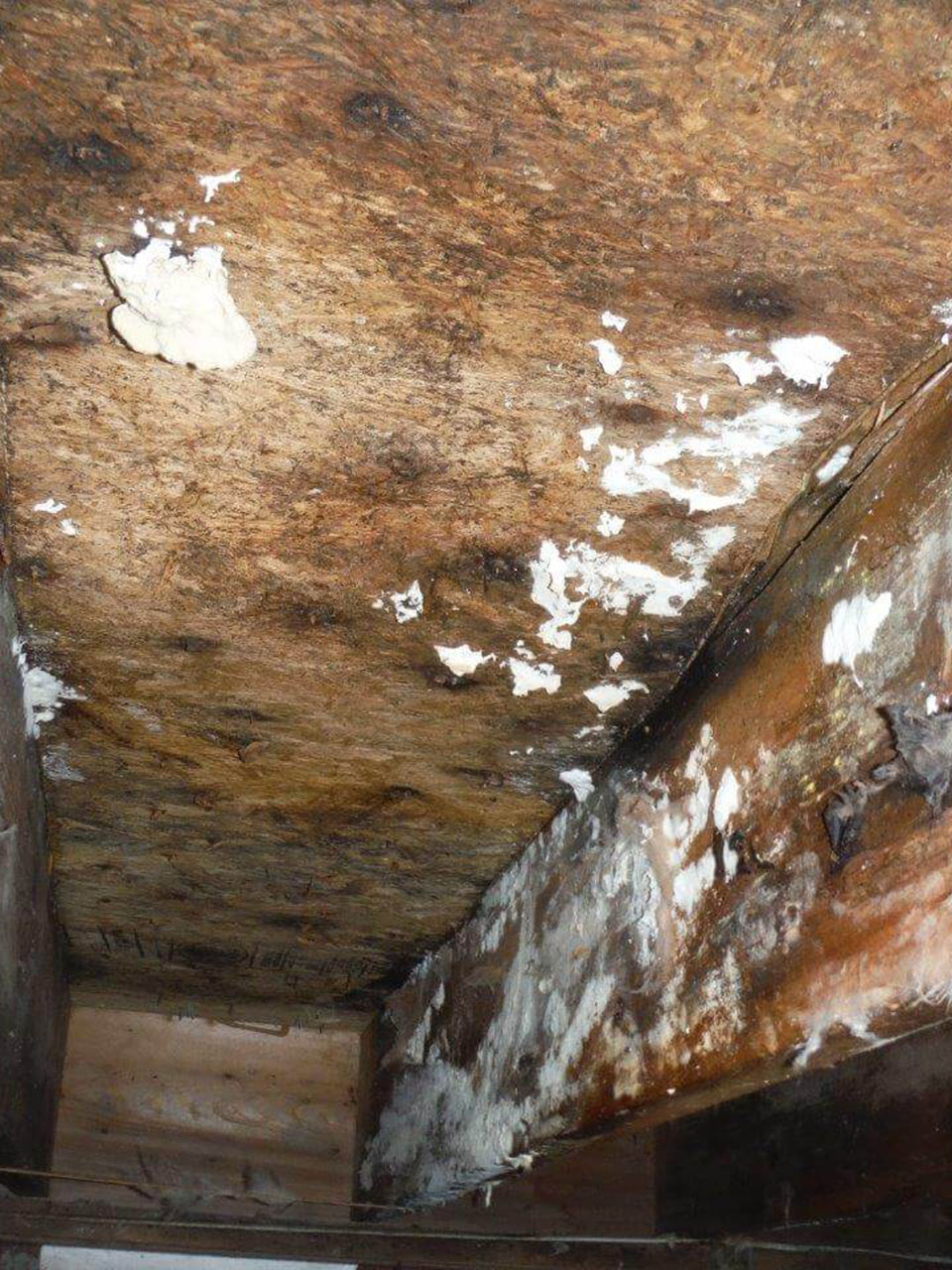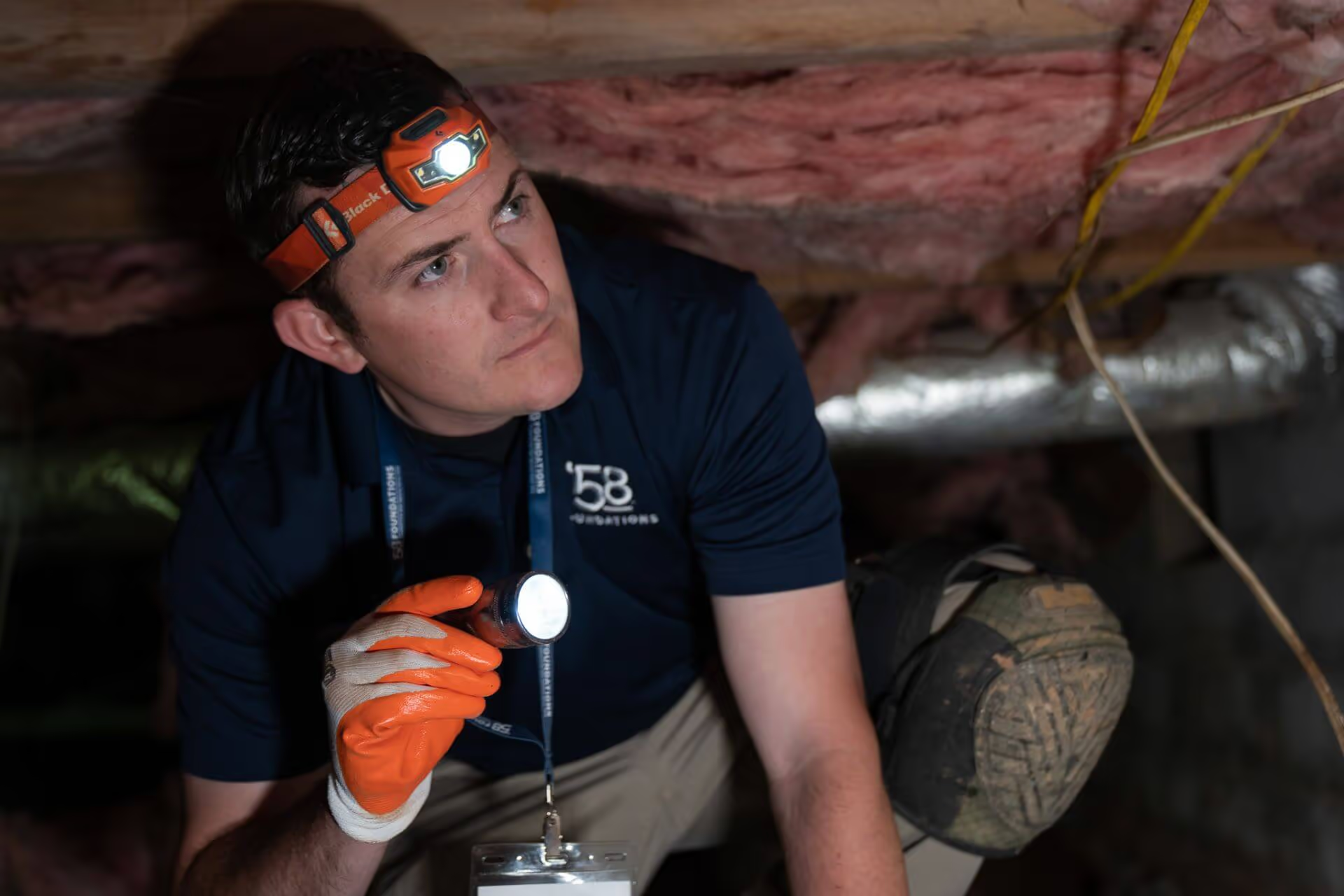Mold growth on wooden surfaces can damage your home and pose health risks. Discover the causes of mold on wood, how it spreads, and how professional remediation and preventative solutions can protect your home from further damage.






The emergence of mold on wooden materials can lead to unsightly discoloration, heightened allergen levels, and the unwelcome aroma of mustiness. Gaining the ability to identify and address mold growth is paramount in safeguarding the integrity of wooden structures, supports, and surfaces.
In a majority of cases, the development of mold on wood can be attributed to conditions of dampness, inadequate air circulation, and insufficient exposure to light. Certain wood varieties, such as teak and cedar, possess inherent natural oils that render them more resistant to mold formation.
A primary telltale sign of this form of mold is manifested through discoloration or staining. Alterations in wood texture, such as warping, are typically observable in more advanced instances. It’s crucial to acknowledge that various wood surfaces inherently possess distinct aromas, irrespective of their age or condition. Consequently, distinguishing between a mold-induced scent and the innate fragrance of the material itself can be challenging. This underscores the importance of seeking assessment from a qualified specialist at ‘58 Foundations & Waterproofing.
Numerous strains of mold exhibit a characteristic hue of greyish-green, often accompanied by dark patches or black splotches. This discoloration on the wood’s surface serves as one of the most evident indicators of mold-related issues. Furthermore, instances of surface damage, encompassing warping, cracking, and peeling, may hint at an underlying fungal problem.
While the outlined signs encapsulate some of the more prevalent indications of mold growth on wood, it’s important to recognize that not all organisms lead to visible staining, especially during the initial stages. Therefore, a meticulous examination for subtle cues, such as musty odors and discolored streaks, is warranted to ensure a precise diagnosis.
According to findings from a study conducted by the American Industrial Hygiene Association, the average concentration of indoor airborne mold spores ranges between 20 and 500 spores per cubic meter.
A study in 2019 determined that wood materials exposed to relative humidity levels exceeding 65% possess an elevated susceptibility to mold proliferation. An analysis of 97 samples in 2018 revealed that dampness was prevalent in 19% of wooden material product samples, highlighting a potential predisposition to mold growth.
Understanding the causes, signs, and treatments of mold growth on wooden materials is essential to preserving the wood’s integrity and reducing the risk of harm from airborne particles or allergens.
To minimize the risk of mold growth, it is essential to keep wooden materials dry, ensure proper air circulation, and expose them to adequate light. Regular cleaning, inspection, and maintenance can help prevent mold growth. If you suspect mold growth on wooden materials, it is important to take action to remove it and prevent further growth.






We respect your privacy. By submitting, you authorize '58 Foundations and Waterproofing to reach you via call, email or text for information about your project needs. We will never share your personal information with third parties for marketing purposes. You can opt out at any time. Message/data rates may apply. Consent is not a condition of purchase. Privacy Policy